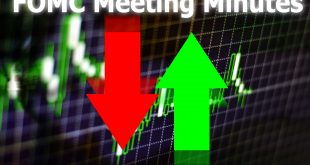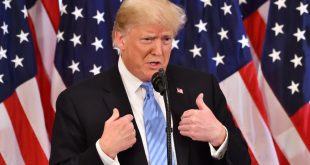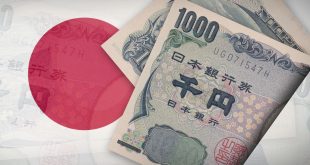The S&P 500’s dip on October 7, 2025, ending a seven-day streak, isn’t just a blip—it’s a wake-up call that the AI hype machine might be overheating amid political chaos. Closing down 0.38% at 6,714.59, with the Nasdaq falling 0.67% to 22,788.36 and the Dow slipping 0.2% to 46,602.98, the market reflected doubts over AI profitability and a deepening government shutdown.
Oracle’s 2.5% tumble on slim cloud margins and Nvidia chip losses exemplifies how massive tech spends aren’t yielding quick returns. Gold hitting $4,000 per ounce signals a flight to safety, up 50% year-to-date, as deficits and tensions mount. This moment demands a bold rethink: unchecked optimism ignores economic fractures, and a reset could build sturdier growth.
The AI Reality Check Hits Hard
Tech’s woes stem from a profitability gap that’s impossible to ignore. Billions poured into AI infrastructure, like chip rentals, face scrutiny as margins disappoint—Oracle’s case shows losses where gains were assumed. This challenges the narrative of endless AI upside; while past innovations like the internet overcame early hurdles, today’s environment differs with sticky inflation and high rates squeezing tolerance for red ink. Atlanta Federal Reserve President Raphael Bostic highlights businesses ditching “catastrophic” tariff fears, yet cautious low-income spending signals uneven recovery.
Opposing views claim these are growing pains, but data suggests a K-shaped economy where high-end consumers thrive while others falter, potentially curbing AI adoption.
Shutdown and Tariffs Amplify Risks
Washington’s gridlock, now in week two, exacerbates volatility. President Donald Trump’s blame on Democrats for stalling funding, countered by Senate Minority Leader Chuck Schumer’s call for healthcare talks like Obamacare credits, has led to five failed Senate votes. Delays in economic data and unpaid essential workers, plus looming military paychecks mid-October, could force a deal—but prolonged pain risks broader slowdowns.
Trump’s tariff discussions with Canadian Prime Minister Mark Carney, eyeing 35% levies, echo past trade spats that inflated costs without clear wins. Critics defend protectionism, yet history shows volatility spikes, disrupting global chains.
 Noor Trends News, Technical Analysis, Educational Tools and Recommendations
Noor Trends News, Technical Analysis, Educational Tools and Recommendations





